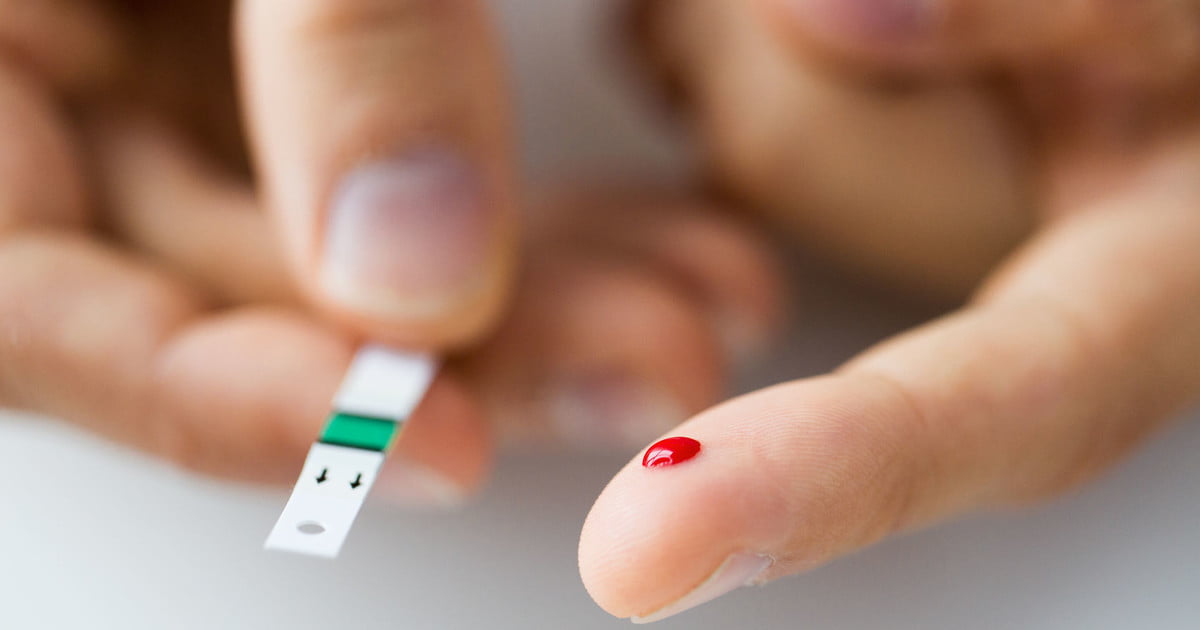Causes And Risk Factors Of Nonalcoholic Fatty Liver Disease
A healthy liver contains a limited amount of fat. When fat accumulates to over five percent of the liver's weight, patients have a fatty liver. A fatty liver can induce an inflammatory response, which causes liver tissue damage. The body repairs this damage with scar tissue, which can progress to cirrhosis and cause the liver to fail. Symptoms of fatty liver disease typically do not manifest until late-stage liver scarring. Most cases are discovered with a routine blood test or when the liver appears abnormal on imaging tests conducted for other reasons. To confirm the diagnosis of nonalcoholic fatty liver disease, further blood tests, more imaging tests, and a liver biopsy may be performed.
Nonalcoholic fatty liver disease treatment focuses on preventing further liver damage and failure. Patients should engage in healthy weight loss to improve their liver health. This may include going on a sustainable weight loss diet. Individuals can also benefit from regular exercise as a treatment for fatty liver disease. Of course, they should understand the causes and risk factors as well and work to minimize them.
Obesity

Their obesity can cause nonalcoholic fatty liver disease in an individual. Only ten to fifteen percent of individuals who have a healthy range body mass index have this disease. In contrast, seventy percent of those with a body mass index considered obese have nonalcoholic fatty liver disease. Excess fat is deemed the most prevalent proven cause of nonalcoholic fatty liver disease in obese individuals.
Individuals who are obese consume large amounts of fat, have a body that produces an excess amount of fat, or cannot metabolize fats very efficiently. When individuals consume more fat than their bodies require and can metabolize, the excess fats are put into liver cells for storage. More fat tissue in the liver due to obesity makes an individual more likely to have an adverse immune reaction to the extra fat, which can cause liver damage. Any mechanism that puts more fat in the body than what is needed can cause obesity and fat deposition in liver cells, resulting in nonalcoholic fatty liver disease.
Hyperglycemia

Chronic states of high blood sugar in an individual can cause them to develop nonalcoholic fatty liver disease. Hyperglycemia is defined by an elevated level of sugar in the blood. When large amounts of sugar are consumed, the intestines absorb it into the bloodstream, and blood glucose levels rise. As blood sugar rises, insulin is secreted by the pancreas to transport the glucose to numerous body tissues, including muscle and liver cells. Once glucose reaches the liver, it is converted into triglycerides. The triglycerides hang around in the liver, and some are transported to the adipose tissue or fat tissue around the body for storage.
Frequent states of high blood sugar cause this process to repeat itself excessively, producing significant fat amounts. Glucose builds up in the blood when the liver cannot metabolize the consumed sugars into fat fast enough. All of this occurs when the cells have become resistant to insulin. Fat accumulates in the liver because the fatty tissues become maxed out and deposit fat back into circulation, returning to the liver. This mechanism is what causes an individual with hyperglycemia to develop nonalcoholic liver disease.
